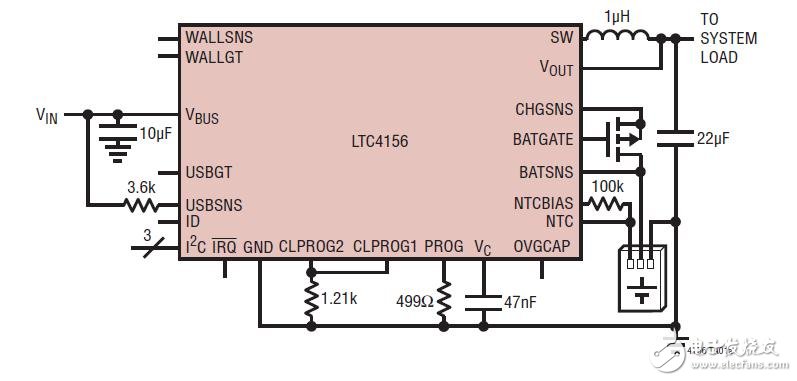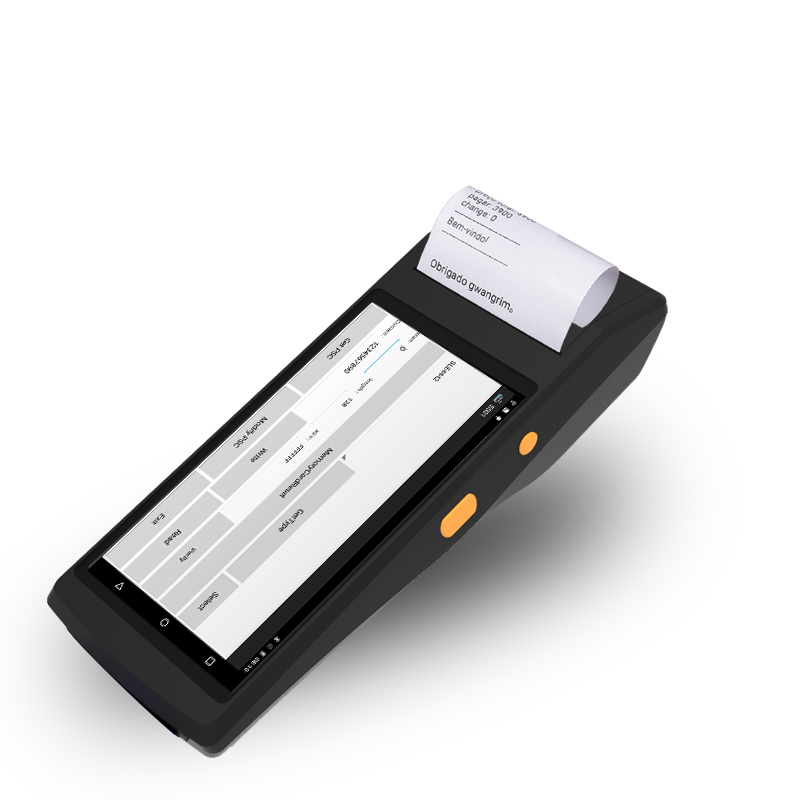Demand background
One of the main trends in the field of patient care is the increasing use of remote monitoring systems in patients' homes. The reason for this trend is obvious, and the cost of living in a hospital is too high and unbearable. As a result, many of these portable electronic surveillance systems incorporate RF transceivers so that data can be sent directly to the hospital's surveillance system for physician research and analysis. Obviously, such systems are typically powered by an AC power source, a battery, or both. This redundancy is necessary to ensure that the system can work continuously when used in locations other than hospitals. In addition, many new advances have been made in the field of portable medical diagnostic equipment, such as the equipment that doctors and nurses carry around, using the battery as the main power source or using the battery as a backup power source to prevent AC power interruption. Such systems require high efficiency battery charging circuits.
In addition to medical applications, portable industrial banking terminals, rugged tablets, inventory control and bar code scanning equipment require a single large-capacity battery to reduce form factor and weight. Lithium-based batteries have always been the most popular choice. However, it is not trivial to charge such batteries quickly, accurately, and safely. In addition, new lithium-based chemical anode/cathode combinations have been developed, and such combinations are constantly being introduced to the mainstream market. An example of this trend is that lithium iron phosphate (LiFePO4) batteries have emerged in many applications, and lithium iron phosphate batteries offer greater safety and longer life than cobalt-based lithium ion/lithium polymer batteries. Battery life. And this chemical composition of the battery also has many other advantages of cobalt-based lithium-ion batteries, including lower self-discharge rate and relatively light weight. In contrast, in addition to improving safety (because of the ability to resist "thermal runaway") and extending battery cycle life, lithium iron phosphate batteries have higher peak power ratings and have less environmental impact. Often medical and industrial applications are willing to accept a lower energy density per unit volume of lithium iron phosphate batteries in exchange for higher safety and longer cycle life. Backup applications require longer cycle life and are capable of discharging at high currents.
How to get more power
The power architecture of many handheld industrial or medical devices is often similar to the power architecture of large display smartphones. In general, a 3.7V (final charge or "floating" voltage of 4.2V) lithium-ion battery has been used as the main power source because its energy density per unit weight (Wh / kg) and energy density per unit volume (Wh / m3) is very high. In the past, many high-power devices used two 7.4V (8.4V floating-voltage) lithium-ion batteries to meet power requirements, but due to the low-cost 5V power management ICs, more and more handheld devices have adopted more The low voltage architecture makes it possible to use a single-cell Li-ion battery. Typical portable medical or industrial devices have many features and very large (in terms of portable devices) displays. When powered by a 3.7V battery, its capacity must be in the range of thousands of milliwatts. In order to charge such a large capacity battery in a few hours, a charging current of several amps is required.
However, even with such a large charging current, users still want to charge their high-power devices with a USB port when no high-current AC adapter is available. To meet this requirement, the battery charger must be able to charge at high current ("2A") when an AC adapter is available, but still efficiently utilize the 2.5W to 4.5W power available from the USB port. In addition, the IC product needs to protect sensitive downstream low voltage components from overvoltage events that can be caused by damage, and efficiently route large currents from USB inputs, AC adapters or batteries to the load to maximize Reduce the power lost in the form of heat. At the same time, the IC must safely manage battery charging algorithms and monitor critical system parameters.
The lower 3.6V floating voltage of the lithium iron phosphate battery results in the inability to use the standard lithium-ion battery charger. If it is not properly charged, it may cause irreparable damage to the battery. Accurate floating voltage charging will extend battery life. Advantages of LiFePO4 batteries, including cobalt-based lithium-ion batteries, include higher volumetric energy density (capacity per unit volume) and less premature failure (if the new battery prematurely "deep cycles").
The main design constraints are summarized as follows:
· Large capacity batteries require large charging current and high efficiency
· Many portable applications, including industrial and medical equipment, require the convenience of USB-compatible charging
· Lithium iron phosphate battery has special charging requirements, that is, lower floating voltage, which has some gratifying advantages compared with lithium ion batteries.
Any of the IC solutions discussed above that meet these design constraints must be compact and monolithic, capable of handling the problem of charging large, single-capacity batteries quickly and efficiently, and compatible with new chemical compositions such as lithium iron phosphate. Such devices can become catalysts that increase the global adoption rate of portable industrial and medical products that use large-capacity batteries.
Addressing the power challenge of portable devices with single cells
Although the above requirements may seem impossible to satisfy with a single IC, let's take a look at the LTC4156. The LTC4156 follows the popular lithium-based LTC4155 and is a high-power, I2C-controlled, high-efficiency power path (PowerPathTM) manager, ideal diode controller, and lithium iron phosphate (LiFePO4) battery charger for battery chargers. For portable applications with single-cell batteries, such as portable medical and industrial equipment, backup equipment, and high-power density battery-powered applications. The IC is designed to efficiently transfer up to 15W from a variety of power supplies while minimizing power consumption and reducing thermal budget constraints. The LTC4156's switching power path topology seamlessly manages the power distribution from two input sources, such as the AC adapter and USB port, to the device's rechargeable lithium iron phosphate battery, while prioritizing the system load when input power is limited. See Figure 1.

Figure 1: Typical Application Circuit for the LTC4156
TO SYSTEM LOAD: to system load
Because of the power savings, the LTC4156 allows the output load current to exceed the current drawn by the input supply, maximizing the available power to charge the battery without exceeding the input power supply specifications. For example, when powered by a 5V/2A AC adapter with 10W of usable power, the IC's switching regulator can deliver more than 85% of the available power, provide up to ~2.4A of charge current, and charge faster. . Unlike conventional switch battery chargers, the LTC4156 has instant on-time capability to ensure that even when the battery is deeply discharged, it can be powered by plugging in the plug system. Thanks to USB OTG (On-the-Go), a 5V power supply can be supplied to the USB port instead of any additional components.
The LTC4156's autonomous full-featured single-cell lithium iron phosphate battery charger delivers up to 3.5A of charge current with 15 user-selectable charge current settings. The charger includes automatic recharge, bad battery detection, programmable safety timer, temperature-sensitive charge controlled by thermistor, programmable charge end indication/termination, and programmable interrupt. The LTC4156 is available in a low profile (0.75mm) 28-pin 4mm x 5mm QFN package and is guaranteed over the -40°C to 125°C temperature range.
In order to meet customer commercial use, we developed and strongly recommend our 5.5inch PDA Handheld Terminal. With its stylish and fashionable appearance, it gains popularity in market. It is not only a Barcode Scanner PDA with built in printer, but also can support expand functions such as UHF reader, Fingerprint scanner, IC card reader and etc. Welcome to contact us for more information!

5.5inch PDA Handheld Terminal
Pda Rfid Scanner,Pda With Fingerprint Scanner,Pda With Built In Scanner,Android Handheld Terminal With Printer
Shenzhen Qunsuo Technology Co., Ltd , https://www.qsprinter.com